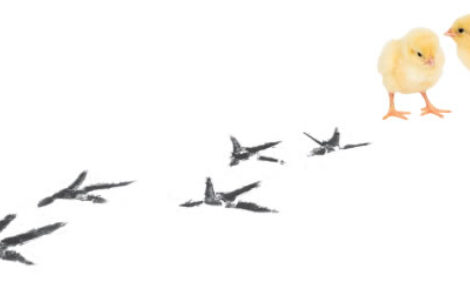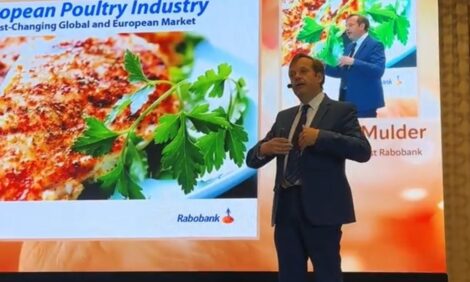



Choosing the Right Coccidiosis Vaccine for Layer and Breeder Chickens
GLOBAL - Layer and breeder birds have a long life that is under constant threat of coccidiosis, which can cause mortality, hurt pullet uniformity or reduce egg production.The only effective coccidiosis control method is to develop immunity, either through step-down anticoccidial programs that allow natural exposure to the Eimeria parasites or by vaccination with a complete breeder or layer coccidiosis vaccine.
Immunity development by natural exposure leaves complete protection to chance. Parasitologists recognise seven to nine species of Eimeria found in chickens, and they do not cross-protect against each other. Natural exposure assumes that the flock will become exposed to all of the key species within the first six weeks of life. Insufficient natural exposure to one or more species
can result in naïve flocks that will suffer outbreaks later in life.
Vaccination is the best way to ensure that birds have protection against the most critical pathogenic Eimeria species: Eimeria acervulina, E. maxima, E. tenella, E. necatrix and E. brunetti. Vaccines that include even more species help to ensure more complete protection against poor individual growth rate that could hurt flock uniformity and production.
One critical feature of a coccidiosis vaccine is the number of sporulated oocysts in the product. Scientists have proven that a low-level or ‘trickle’ infection is more effective at stimulating immunity than a massive exposure to Eimeria oocysts.
The vaccine must contain enough viable oocysts to start an infection process that will result in oocysts shedding into the litter. Once in the litter, the shed oocysts must be of a sufficient number that every single bird in the flock can find and consume enough sporulated oocysts to initiate a second life cycle and then a third and fourth until immunity is complete.
Low dose vaccines may not have enough output to initiate a uniform secondary life cycle under field conditions. Uneven recycling of a vaccine can result in individual birds remaining naïve, only to later consume a large dose of oocysts shed by their vaccinated hatchmates, resulting in clinical
coccidiosis.
All vaccines are susceptible to conditions that are not conducive to vaccine reproduction such as low bird density and dry conditions, but low-dose vaccine may be more vulnerable to these problems.
Uniformity of application is essential to avoid missed, naïve birds that could consume too many vaccine oocysts or remain naïve to infection later on.
Management of environmental conditions to match the type of vaccine selected (higher output non-attenuated vaccine or lower output precocious vaccine) is essential for development of effective immunity without adverse effects.
And finally, choose a vaccine that contains all of the critical pathogenic species as well as problematic lesser species to maximise the breadth of protection.









